Electronic systems are built around analog and digital components. They comprise resistors, capacitors, diodes, inductor, operational amplifiers and transistors.
These components are often called active and passive elements.
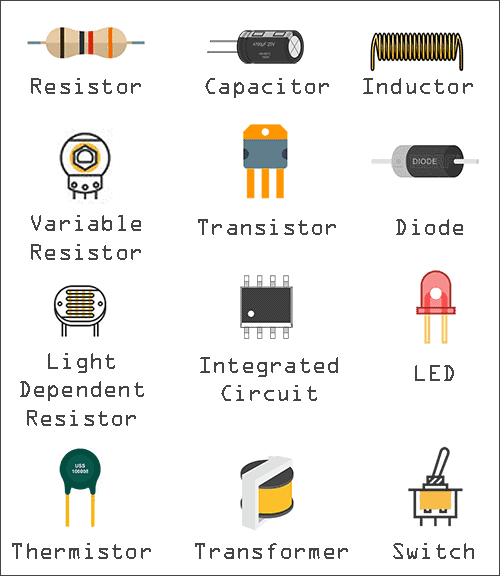
Majority of the analog circuits consist passive and active ones that are responsible for power management.
The fundamental doubt that comes for every electronics/electrical enthusiast during the graduation is what is the difference between active and passive component? But before going to know the difference, you need to know the definition of active and passive elements.
What is an Active element?
Active components control the charge flow in electronic circuits. By definition, active elements generate energy for any device. It is the core component to operate any device. The two parameters to consider for proper device operation are current and voltage.
Hence the voltage and current in a circuit may be boosted or stepped down based on the flow of electrons injected by an active device.
Components like Diodes, Transistors, voltage operated devices, Vacuum tubes, voltage and current sources comes under active elements.
An active component without doubt, amplifies the power of a signal (voltage or current).
Transistor is a good example that acts as an amplifier in radio and RF circuits.
In addition, active elements are categorised into two sections. They are voltage controlled and current controlled sources. Voltage controlled devices produce their output current depending upon the input voltage.
BJT (Bipolar junction transistor) is a voltage controlled device which supplies static voltage as a control signal.
Besides, current controlled active devices works on input current restraining another current.
For example, a FET (Field Effect Transistor) is a tension controlled device as its input impedance is high and it needs little current to operate.
What is Passive element?
Passive elements are quite opposite to active ones. They don’t require any external voltage to perform their job.
Examples: Resistor, Capacitor, Inductor etc.
But they are not capable to provide energy on their own. They require assistance from active devices.
For example, a resistor is a versatile component used as pull up or pull down resistor in most of the hardware design.
You can control the brightness of LED.
Another application is we can use the pull-up and pull-down as control signal from the microcontroller interrupt to turn and turn off external devices.
Inductors and capacitors have the capability to store energy for longer time and discharge.
The below infographic shows some list of active and passive elements.
Summary
For easy understanding, here is the difference between active and passive devices in tabular form.
Comparison between Active and Passive
| Active Element | Passive Element |
|---|---|
| Produces energy to another circuit in the form of voltage or current. | Impervious in nature i.e. cannot supply any energy (voltage or current) |
| Controls current direction | Not capable to control current on their own. |
| Have function of gain for electronic circuits. | Not able to provide power gain and solely depends upon active devices |
| Used for current control and voltage control applications | Used for energy storage, discharge, oscillating, filtering and phase shifting applications. |
| Examples: Transistors, Op amps, Logic gates, tunnel diode and zener diode. | Examples: Resistor, Capacitor, Inductor and normal PN junction diode. |
Note: A diode may be active or passive depending upon its property. A normal PN junction diode is passive whereas tunnel diode or zener diode is active component due to their negative resistance property.
You will know more about the working and operating characteristics of active and passive devices like Diode, Transistor, Wave guides, Resistor, Transformers etc. in the coming tutorials.


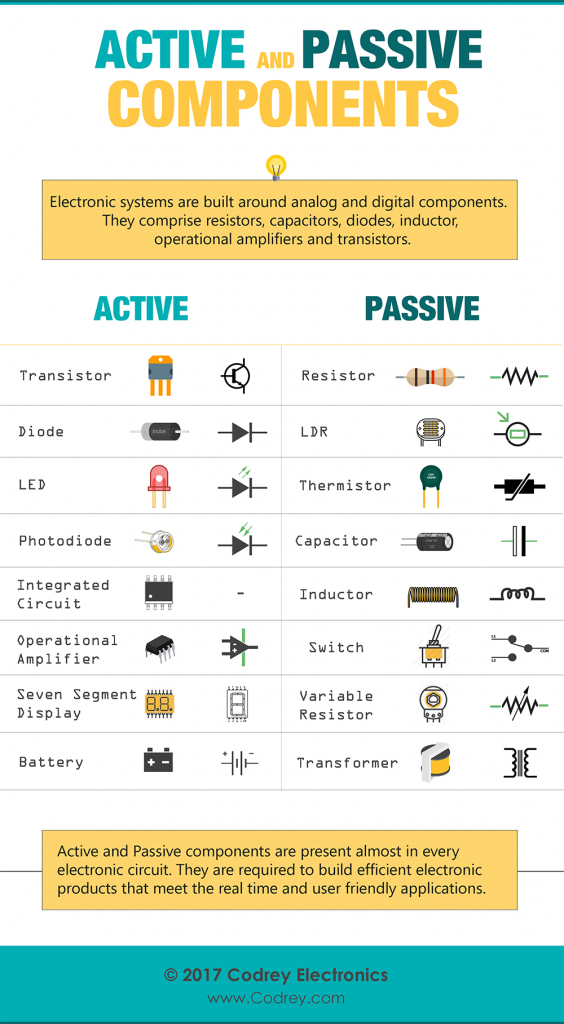
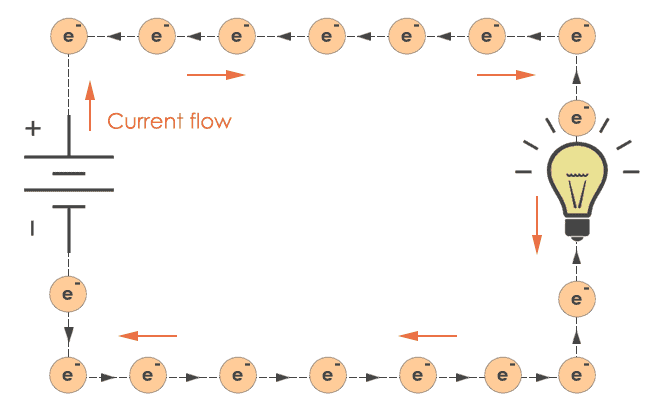
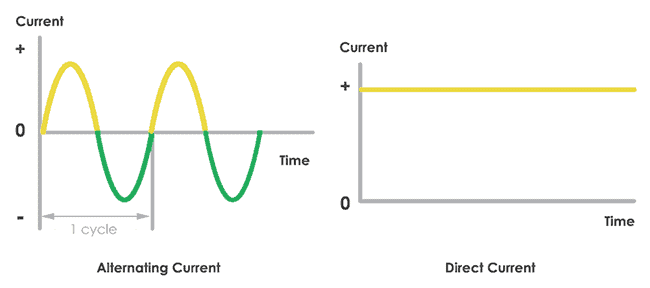
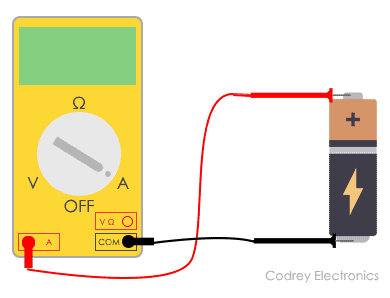
Nice
that was in easy language. thanks.
nice notes
Very good source of learning
i need more information
Easy understand
Easy learning